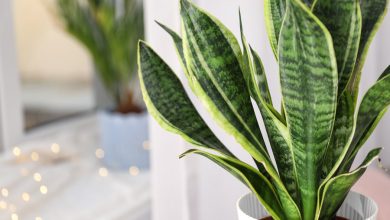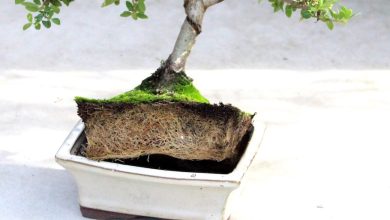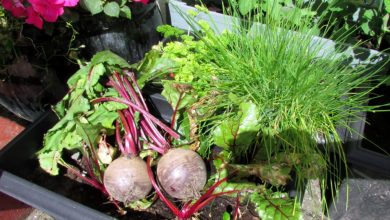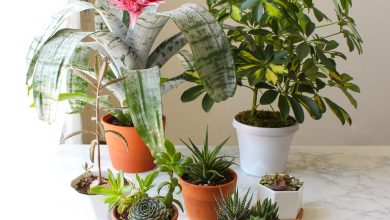Complete Guide to Plant Heather: How, When and Where to Do It?
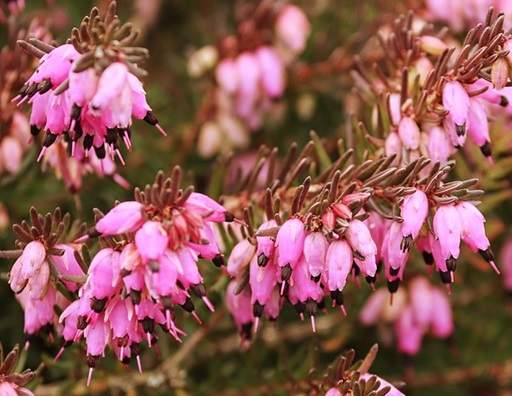
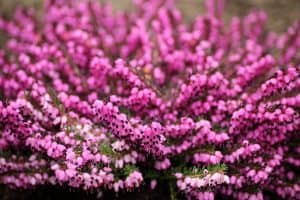 When we talk about heathers, we are actually referring to three genera of plants: calluna, erica and daboecia.
When we talk about heathers, we are actually referring to three genera of plants: calluna, erica and daboecia.
The erica is easily recognized by its small needle – shaped leaves, while the calluna has scale – shaped foliage.
For its part, the daboecia has the largest flowers and a longer bloom. However, their cultivation generalities are similar.
Heather is one of the most beautiful shrubsand yet one of the least known.
It can be considered an ornamental plant.
This small plant blooms in the colder seasons, so it tends to stand out in almost monochromatic winter landscapes. Also, it thrives in soils that are too acidic for most other plants.
Heather is an excellent alternative for landscaping,as well as to decorate your garden. And while propagating the plant has its complexities, growing it from seed can be quite simple, if a bit time-consuming. Important Points when Sowing Heather:
- When? during spring or fall.

- Growth type? Slow.
- Where? It needs at least 6 hours of light a day. In very hot climates semi-shade is recommended.
- How do we water? It is convenient to keep the soil moist, but without flooding. In rainy areas, rainwater is enough. In warm areas, you have to water between 3-4 times a week.
- How do we prepare the land? The pH must be acidic, preferably between 4.5 and 5.5. They require an acidic or siliceous substrate, with a lot of peat to retain moisture and excellent drainage to dispose of the excess.
- How do we sow? Here step by step.
- Plagues and diseases? Powdery mildew, rust, verticiliosis, red spider, mealybugs.
When should a heather be planted?
The best time to sow heather seeds isduring spring or fall,preferably the latter.
Where to plant heather?
 must receive, At least 6 hours of direct light per day.In very hot climates, it is recommended that you spend the hottest hours of the afternoon in semi-shade or shade.
must receive, At least 6 hours of direct light per day.In very hot climates, it is recommended that you spend the hottest hours of the afternoon in semi-shade or shade.
If it spends a lot of time in the shade, in temperate or cold climates, it acquires an elongated appearance, with little color in the leaves.
They tolerate frost, but not the cold and dry winds of winter, because they dry out the ground and cause water stress. In such cases, a snow cover can protect them from the wind.
Withstands minimum temperatures of up to -25ºC.
How often should it be watered?
The substrate must be kept cool and moist, soIt is recommended to water it 3 to 4 times a week.
They do not support hydric stress, but neither do flooded soils. During the first year, it is essential that the surface layers of the substrate always remain moist to the touch. After the first year, we can let the top layers dry out, as long as the soil inside is still moist.
In rainy areas, rainwater is enough.
How do we prepare the land?
 They require an acidic or siliceous substrate, with a lot of peat to retain moisture and excellent drainage to dispose of the excess. It adapts well to light, sandy soils, as well as loamy ones.
They require an acidic or siliceous substrate, with a lot of peat to retain moisture and excellent drainage to dispose of the excess. It adapts well to light, sandy soils, as well as loamy ones.
It does not support clay soils because they have poor drainage.
The pH must be acidic, preferably between 4.5 and 5.5
It does not require fertilizer, especially if it is manure. If the substrate is very poor, it is enough to add azalea fertilizer in early spring, or during the summer.
Favorable associations for heather
They combine well with conifers.
Planting next to deciduous trees should be avoided.
As far as possible, it is recommended to place them facing southeast, since their foliage acquires more intense shades towards that side.
How to plant heather step by step
STEP 1: Prepare the soil in a seedbed
To ensure that your heather seeds sprout properly, it is best to plant them in protected seedbeds.
Get a wooden or plastic tray about 20cm deep and place a 10mm (0.25in) layer of fine gravel on the bottom, about 10mm thick.
Next, lay down a layer of potting soil and mix it with compost or perlite.
STEP 2: Moisten the soil before planting
This reduces the risk of expelling the seeds by the force of the water.
STEP 3: Enter the seeds
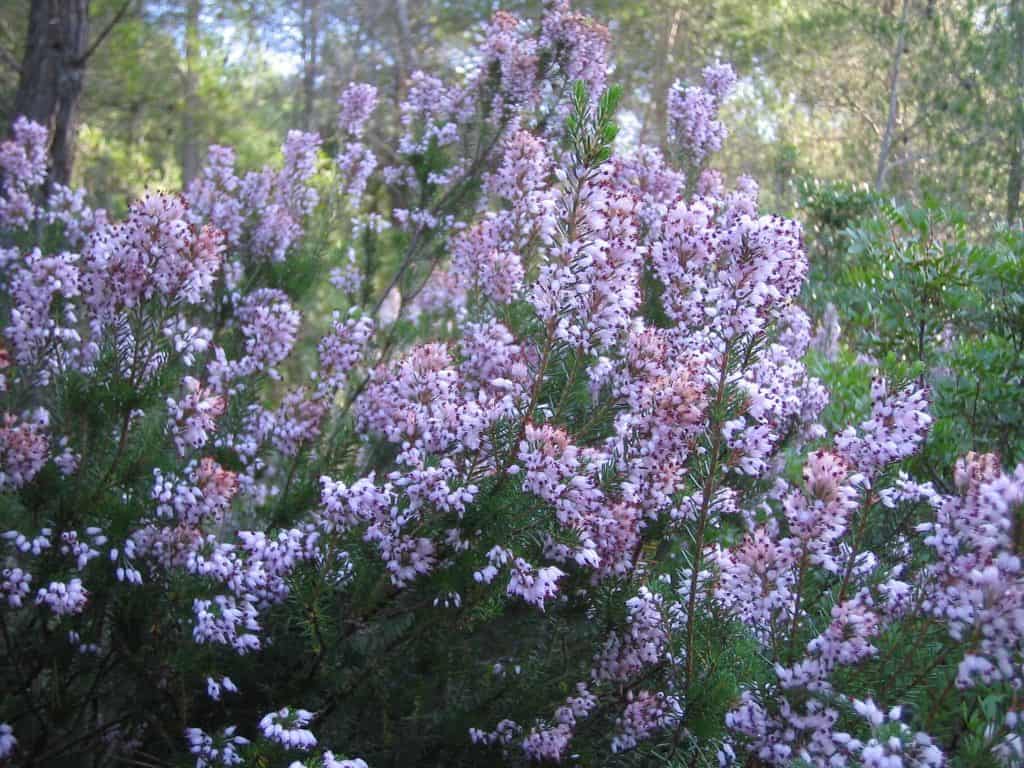 You should introduce them to a maximum depth of 1 cm, trying to cover them with a little mulch to conserve moisture.
You should introduce them to a maximum depth of 1 cm, trying to cover them with a little mulch to conserve moisture.
Water ensuring that the surface layers remain moist, but avoiding waterlogging. At least twice a day in very hot and sunny climates, and less frequently in cooler conditions.
While they germinate and until the seedlings grow strong, keep the seed tray in a shady and well-ventilated area, avoiding intense direct sun, to avoid evaporation of water on the soil surface, this helps prevent dry.
Germination is difficult so you shouldobtain good quality seeds.You can put more than one in each hole.
STEP 4: Care for the shoots until they are ready for transplanting
 Water the soil regularly until the seeds germinate, which will take one to three months.
Water the soil regularly until the seeds germinate, which will take one to three months.
If more than one seed has germinated in each hole, keep the strongest one. To do this, do not pull the weak one, as you can damage the leaves. A simple pruning at ground level is sufficient.
At first, the seedlings have two green leaf cotyledons, later the true leaves will appear.
To prevent your seedlings from getting too tall, pinch off the tip if they are more than 25mm tall. This will cause them to sprout side shoots and stimulate growth.
Seedlings are ready for transplanting six months to a year after germination.
STEP 5: Clear the ground
Extract weeds and remains of previous crops and all kinds of residues to ensure that your heather can develop properly.
STEP 6: Moisten and fertilize the soil before planting
This helps the seedlings to establish themselves better in the soil.
STEP 7: Transplant your shoots
Leave between 20 and 30 centimeters between each of your plants.
STEP 8: Fertilize often
It is very important to mulch your heathers. Spread a 5cm layer of pine bark, peat or compost. It can also be padded with gravel.
During winter frosts, if the winds are cold and very dry, you can keep moisture in with a layer of snow.
STEP 9: Regularly prune your heather
Heather plants should be pruned each year, immediately after they have finished blooming. Pruning allows the plant to maintain an attractive appearance. It gives it a compact and bushy shape.
Pruning can be done with an electric hedge trimmer if the heather is too large.
Heather pests and diseases
Some of the most common pests and diseases that affect heather are:
powdery mildew
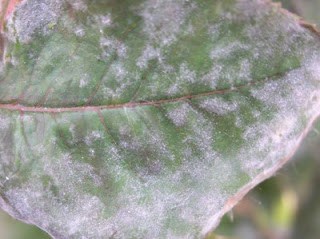
It is best to install a drip irrigation system and apply horsetail as prevention.
It also works to eliminate weeds and crop residues, and favor the ventilation of the crop.
Rust
To control it, it is recommended to avoid excess nitrogen, control the environmental conditions, favor the ventilation of the crop and use crops with genetic resistance.
Verticiliosis
It attacks the roots, rotting them. The interior of the stem acquires a brown tone and the leaves have a yellowish coloration.
To prevent it, it is recommended to use healthy seedlings, as well as to avoid soils where Solanaceae have been planted.
Red spider
 It is recommended to avoid substrates with excess nitrogen and to monitor crops during the early stages of development. In fairly dry climates it is recommended to water crops at night to maintain moisture.
It is recommended to avoid substrates with excess nitrogen and to monitor crops during the early stages of development. In fairly dry climates it is recommended to water crops at night to maintain moisture.
Another recommendation is disinfection prior to planting in plots with a history of red spider mite to ensure that there are no eggs left.
To combat an infestation, an extract of garlic and chili can be applied, although if the plant is very affected, it is best to eliminate it to prevent it from spreading to other plants.
Biological control can be carried out through its natural enemies. The main predatory species of spider mite eggs, larvae and adults are other species of mites such as Amblyseius californicus and Phytoseiulus persimilis. The Feltiella acarisuga mosquito is also a fairly effective predator.
Mealybugs
They are one of the most difficult pests to control, since their body is covered with white waxy excrescences, chemical treatments are not very successful. For the same reason, for its control, it is convenient to locate this plague in its first stages, since as they lack a shield, they are easier to fight.
If the incidence is severe, neem oil sprays or potassium soap should be sprayed.
For the biological control of this pest, natural predators such as Rodolia cardinalis or Cryptolaemus montrouzieri are used. The release is done 15 days after any treatment, periodically, in spring or early summer.
verticillium wilt
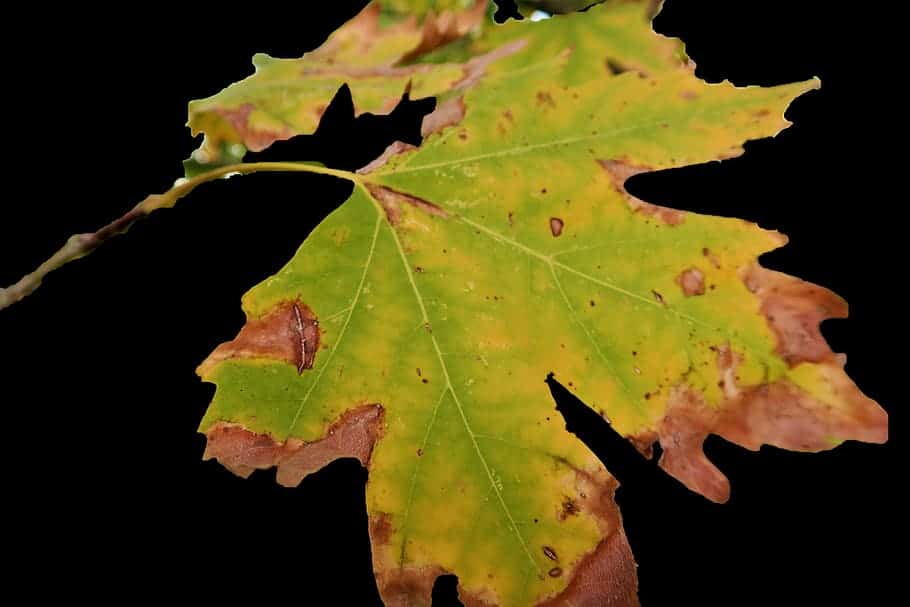 Verticillium or Verticillium wilt is a common soil fungus that thrives in temperate climates around the world and can be present in the soil for decades.
Verticillium or Verticillium wilt is a common soil fungus that thrives in temperate climates around the world and can be present in the soil for decades.
Verticillium wilt overwinters in the soil as dormant mycelium or tiny dormant black structures called microsclerotia, waiting for favorable conditions to return.
They enter damaged plant tissue through the roots and multiply. Many common weeds, such as dandelions and weeds, can be Verticillium host species.
Verticillium wilt is a disease that affects more than 350 species of eudicolous plants. It is caused by six species of Verticillium fungi: Verticillium dahliae, Verticillium albo-atrum, Verticillium longisporum, Verticillium nubilum, Verticillium theobromae, and Verticillium tricorpus.
Many plants with significant economic weight are susceptible, such as cotton, tomatoes, potatoes, oilseed rape, aubergines, peppers, and ornamental plants, as well as others in natural vegetation communities.
Many species and cultivars of eudicots are resistant to the disease, and all monocots, gymnosperms, and ferns are immune. To know more: Verticillium wilt in the Orchard: What is it? How do we identify it?
How long does heather live?
It is a perennial shrub that can live for more than 5 years, although its survival depends directly on its living conditions.
Indoors, and with the use of heating, it does not usually live more than a year.
How long does it take to grow heather?
It is fast growing, achieving a good size with only a couple of years of life.
It should also be noted that it does not grow too large.
How long does it take to produce fruit?
Since most of the time it is in bloom, this shrub can bear fruit a year after being planted.
Some late specimens will produce fruit two years after cultivation.
Can it be grown in a pot?
Yes, it can be properly grown in a pot and kept indoors.
Despite this, it is necessary to know that it must be far from the heating and in a place where it can enjoy good sunlight.
How many times does heather produce fruit?
It can produce fruit several times a year, maintaining a fairly rapid life cycle when it has the right conditions.
Should heather be pollinated to obtain fruit?
It is not essential, since it is a hermaphroditic plant. However, insects carry out this process naturally.
How cold can heather tolerate?
It is very resistant to cold, being able to withstand temperatures of -7ºC for quite a long time.
How many heathers can be planted per hectare?
They are shrubs that can be planted to form hedges, so that in one hectare more than 600 specimens would be planted without problems.
What kind of fertilizer does heather need?
It is important to always offer the plant organic fertilizer during the beginning of spring and the end of summer, so that it remains well nourished.
How much heat and/or drought can heather tolerate?
It does not tolerate too much heat, it is recommended that it be kept below 20ºC.
It does not tolerate drought either, since when dehydrated this plant dies irremediably.

